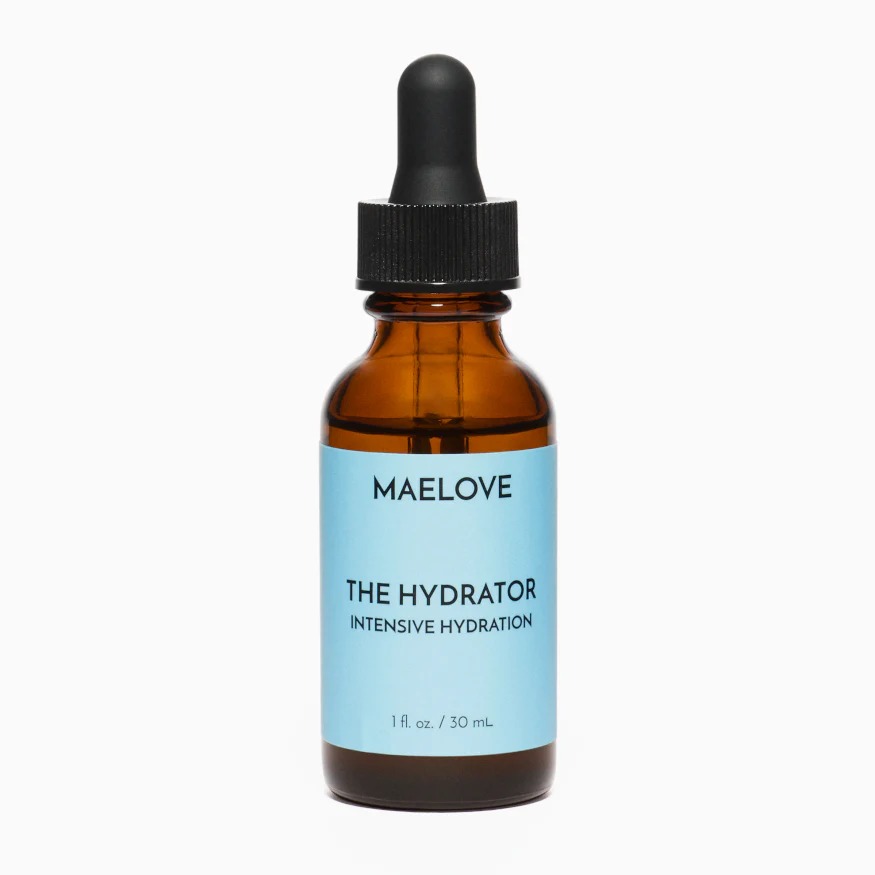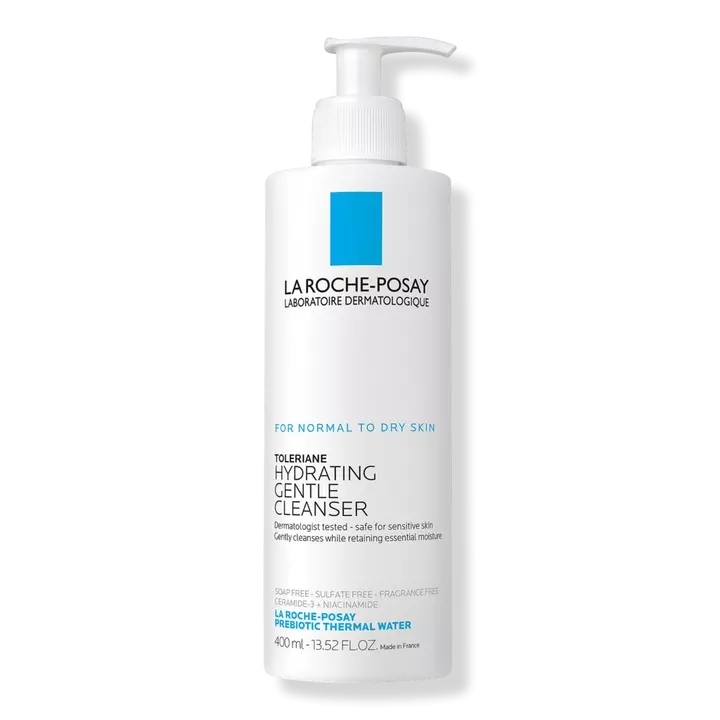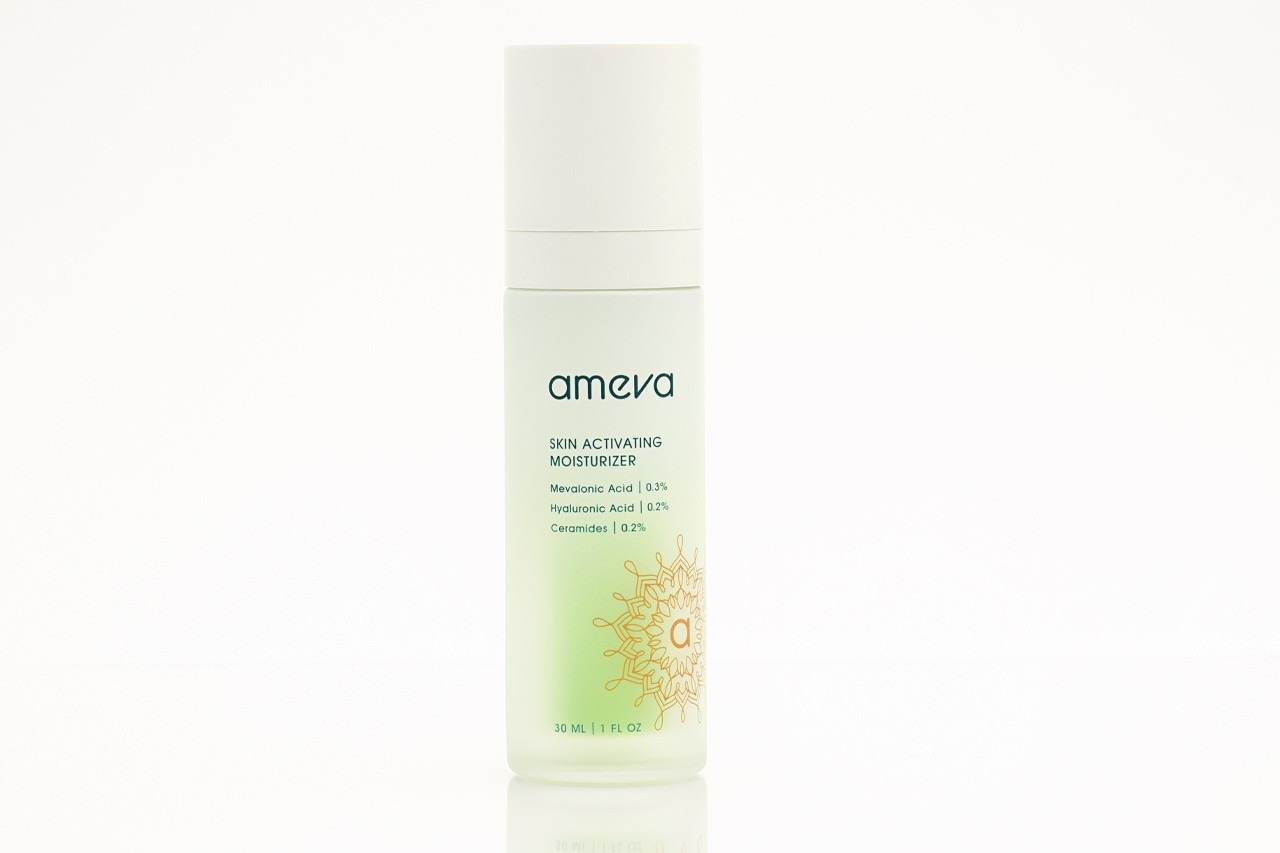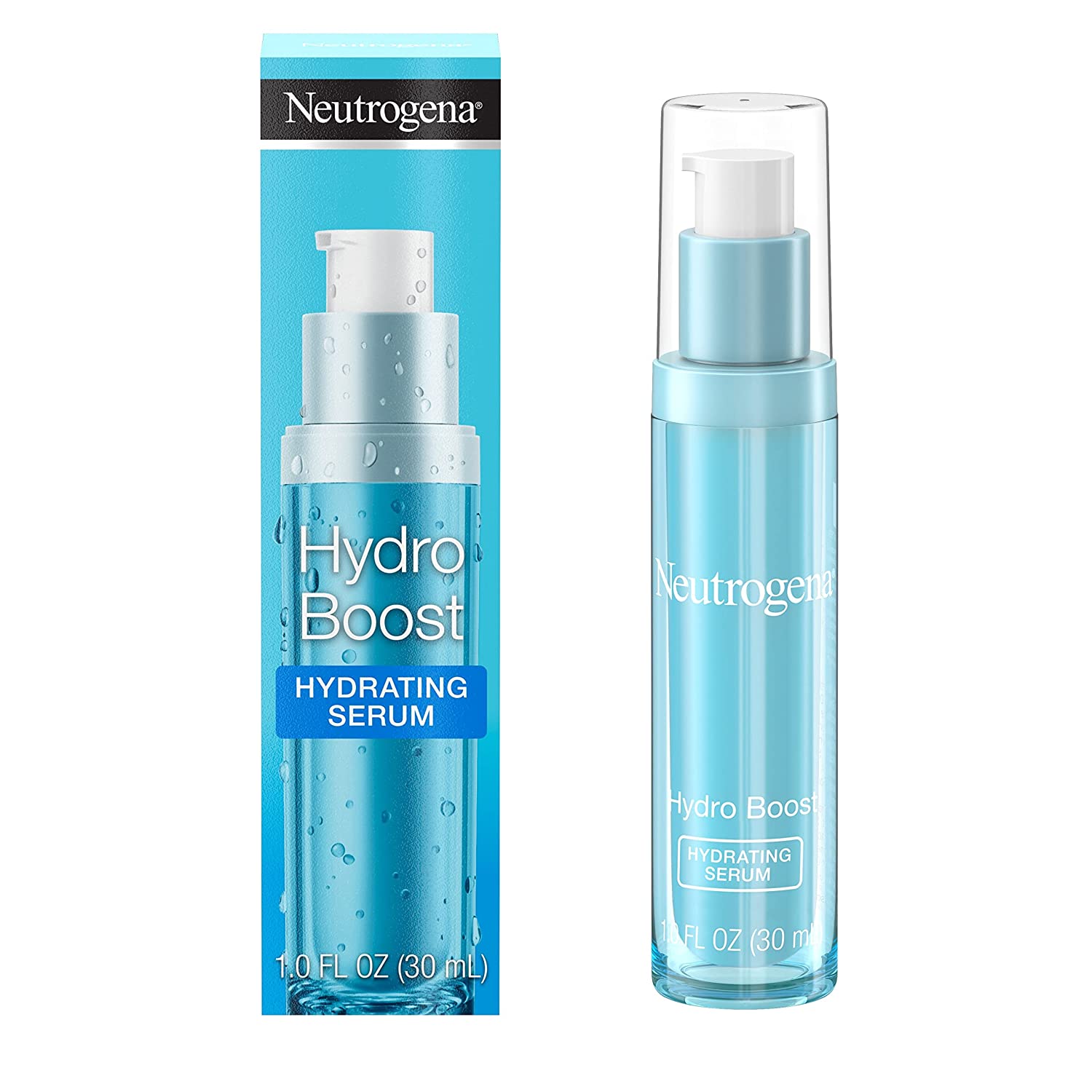TikTok's "Moisture Sandwiching" Trend Really Works, But Only If You Know *This*

TikTok has no shortage of skincare trends. I'll be transparent, though: there are plenty on the platform that are not worth trying. One that I think is, however, is a simple little thing called "moisture sandwiching." It works great for basically every skin type and requires next to no extra effort on your part. The benefits? Well, it does what it says. It deeply moisturizes the skin and can even help heal a damaged skin barrier. I've been doing it for my own inflamed, damaged skin for a while and it works wonders.
Finally, if all that wasn't enough to convince you quite yet, it's also dermatologist-approved. They all agree that it's beneficial to try, but if your skin barrier is damaged, there are a few things to note before going all in. I asked several derms to weigh in below and break it down for us. They shared insight on what moisture sandwiching can do for your skin, how to do it properly, and all their best product recs to try for it. Read on for all they had to share.
What is moisture sandwiching and how do you do it?
If you're unsure about what moisture sandwiching is or the best way to go about doing it, look no further. "A moisture sandwich refers to a technique of layering products that hydrate the skin to optimally moisturize the skin," says board-certified dermatologist Marisa Garshick, MD. "The method specifically refers to applying ingredients to damp skin to help draw moisture in and then sealing it all in with a thicker moisturizing product, such as a cream or an ointment. In this way, it is best to layer the products from thinnest to thickest, using lightweight products first to ensure proper absorption and then heavier creams. There is an added benefit of applying products to damp skin as it can help to enhance penetration and also works to draw moisture in, especially when the product being applied is a humectant, such as hyaluronic acid or glycerin, which is known to attract moisture."
Funnily enough, I started doing this before even hearing about the TikTok trend using my Evian Facial Spray ($23) because I found that it really helped my dry, barrier-damaged skin. As soon as I heard about the TikTok trend and received a bit of insight into it, I knew I was doing the right thing.
There's another thing to consider, however, if you have a damaged skin barrier and want to try moisture sandwiching. According to board-certified dermatologist, Lauren Penzi, MD, the optimal water content for the stratum corneum (outermost layer of skin) is between 10% and 30%. This means you shouldn't go overboard and flood your skin with water before going in with your hyaluronic acid serum. If you go over that 30% mark, you might be hurting your skin instead of helping it. Carl Thornfeldt, MD, a board-certified dermatologist and founder of Epionce Skincare says to make sure you're aware of this.
"Providing your skin with proper hydration is not as straightforward as TikTok makes it seem," he shares. "If the skin barrier is healthy and intact, it will hold in moisture better. However, if the skin barrier is not healthy, adding more moisture won’t help in the long term. A healthy skin barrier has about 30% water. If you start going above and beyond that 30% mark with too much hydration, the skin barrier actually starts to break. Achieving healthy skin is not about having the highest amount of moisture, it’s about getting the skin barrier healthy so it can hold the amount of moisture needed to stay healthy."
Thornfeldt isn't saying that you shouldn't hydrate your skin, of course. But he is saying that you should focus on incorporating ingredients that strengthen the skin's barrier in addition to water-attracting ingredients like hyaluronic acid. Ceramides are really helpful for this, as they help replenish essential lipids within the skin barrier.
Moisture sandwiching tips if you have a damaged skin barrier:

Azadeh Shirazi, MD, has a few tips on how to rebuild and protect your barrier in addition to moisture sandwiching. "A strong skin barrier is the key to healthy, glowing skin. It contains fatty acids that seal in moisture, its own immune system to prevent infections, shields compact skin cells to prevent water loss, and trillions of microorganisms to maintain balance and barrier function. Avoid harsh cleansers with high sulfates, fragrances, or exfoliants, and opt for hydrating, gentle cleansers. Stop using your skincare actives such as retinols, AHAs/BHAs, and vitamin C products for two weeks."
In addition to these barrier-saving tips, Shirazi gives moisture sandwiching her stamp of approval because it helps restore hydration, supports the skin barrier, and promotes healing in one that's compromised. "It’s best to dampen the skin with a thermal water mist or after cleansing and gently patting the skin to avoid drying it completely. Then you can apply a hydrating serum followed by a heavier cream or balm to seal in the hydration." For more derm-recommended products and advice, keep scrolling.
Shop the Best Products to Use for Moisture Sandwiching

Penzi loves this thermal spring water from La Roche-Posay for moisture sandwiching. I also use a similar thermal water facial spray from Evian to sandwich in moisture and it works like a charm. La Roche-Posay's is infused with rich minerals that nourish and protect the skin against environmental damage. It also helps calm irritated or sensitive skin.

Both Garshick and Penzi are fans of this hydration-boosting serum from Vichy.
"This serum is formulated with natural origin hyaluronic acid and Vichy volcanic water to help hydrate and plump skin. It has been clinically proven to strengthen and repair the skin barrier. Especially in the winter months, it can be layered underneath a thicker moisturizing cream as in the moisture sandwich for complete hydration."—Garshick

"Just as important as layering the products after cleansing is the choice of cleanser itself. When doing a moisture sandwich, it is important to avoid using a cleanser that can strip the skin of its natural oils, so I recommend a gentle hydrating cleanser like this from CeraVe, which contains three essential ceramides and hyaluronic acid to support and strengthen the natural skin barrier."—Garshick

"The Epionce Balancing Toner is formulated using a concentrated blend of botanical extracts and humectants to refine the skin's texture and give the skin a surge of moisture."—Thornfeldt

"For those who are looking for a boost of hydration, this hyaluronic acid–containing serum is a lightweight gel that is best applied prior to moisturizer to help nourish and plump the skin. It is also formulated with resveratrol and panthenol, providing antioxidant benefits while also soothing the skin. It is easy to apply and won't leave the skin feeling greasy."—Garshick

"This fragrance-free, sulfate-free, soap-free milky cream cleanser removes excess oil and dirt without leading to dryness or irritation. It contains key ingredients including ceramics, glycerin, niacinamide, and La Roche-Posay Thermal Spring Water to help hydrate and soothe the skin. It's also oil-free so it won't clog the pores."—Garshick

"This silky, lightweight serum contains a mix of five molecular weights of hyaluronic acid, helping to attract moisture at different layers of the skin, improving the overall appearance of the skin and leaving the skin looking plump and refreshed. The berry-like scent is also perfect for getting a summertime hydration boost."—Garshick

"This cream works to boost moisture and radiance of the skin, offering both immediate and long-term improvement in hydration. Containing a combination of peptides, vitamin C and E, hyaluronic acid, and more, it can help to plump the skin as well as improve the appearance of fine lines and wrinkles."—Garshick

"This classic hydrating serum combines vitamin B5 with hyaluronic acid to provide extra hydration and replenish lost moisture. While it can be used with or without a moisturizer, when used as part of a moisture sandwich, it can enhance the benefits of a daily moisturizer. I generally recommend using it prior to applying your moisturizing cream. It is oil-free so can be used by those with acne-prone skin and leaves the skin feeling soft and smooth."—Garshick

"This is a decadently rich cream that provides barrier support by reinforcing the skin's acid mantle and defending against Daily stressors. Loaded with omega acids to help retain long-lasting moisture by forming a protective layer."—Shirazi
"Containing a plant ceramide complex as well as African oils, this cream helps to replenish moisture and support barrier function to leave the skin looking and feeling more hydrating and refreshed. It pairs especially well with the Drunk Elephant B-hydra to provide an extra boost of hydration."—Garshick
Up Next: I'm Heading to the Snow—11 Products I'm bringing to Protect My Skin
Shawna Hudson is a beauty, wellness, lifestyle, and travel writer with over 10 years of experience. She graduated from California State University, Fullerton, with a degree in journalism and has written for other publications such as Bustle, The Zoe Report, Byrdie, Elite Daily, and more. She is currently a beauty writer at Who What Wear and hopes to continue feeding her (completely out-of-control) beauty obsession as long as she can. Stay up to date on her latest finds on Instagram @shawnasimonee.




